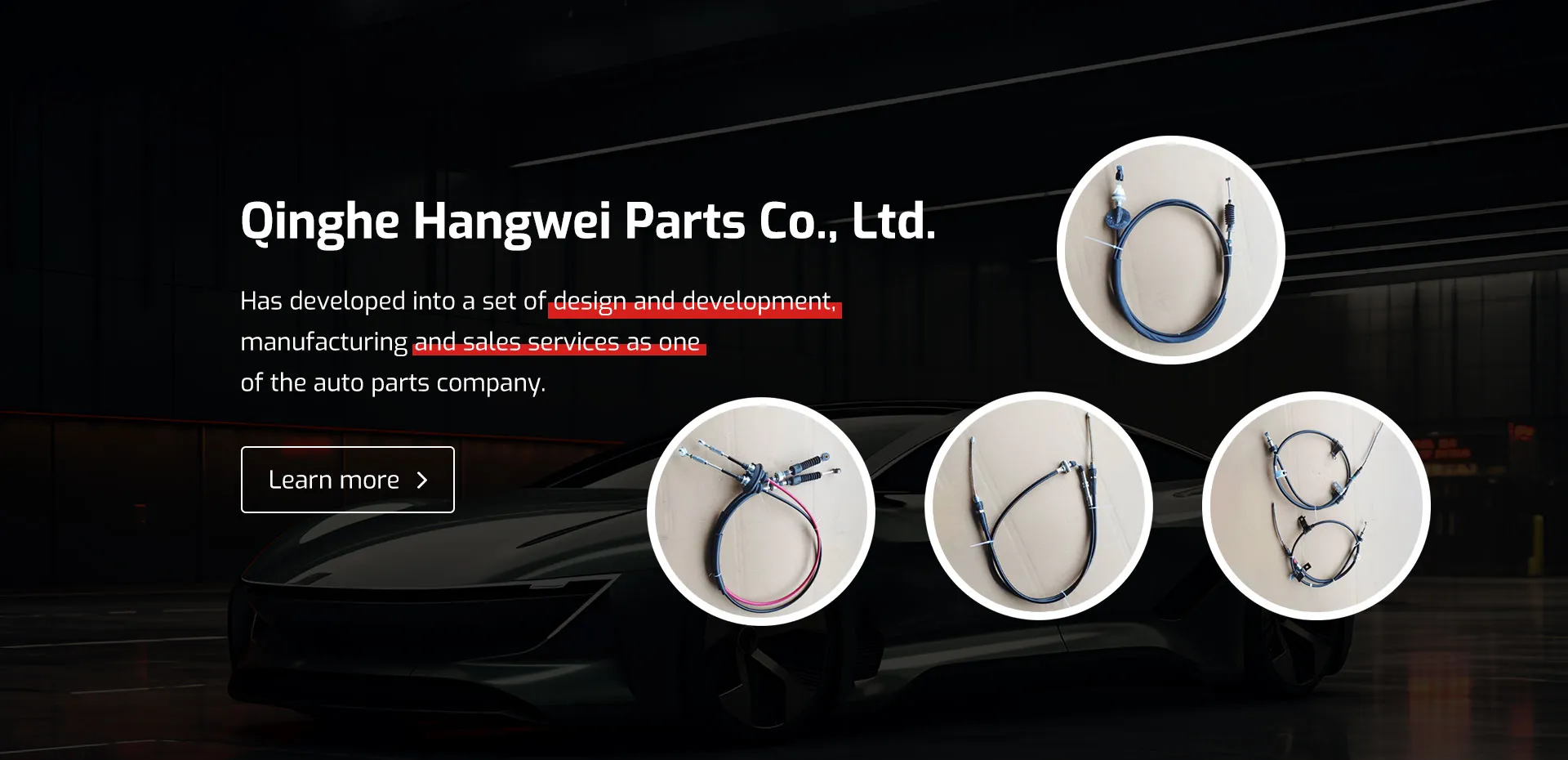throttle cable control
Understanding Throttle Cable Control in Automotive Systems
Throttle cable control plays a crucial role in the operation of an automobile's engine, influencing speed and performance. This system, often taken for granted by everyday drivers, is the link between the driver's intentions and the engine's response. Understanding how throttle cable control works can provide insight into the mechanics of driving and vehicle performance.
At its core, the throttle cable is responsible for regulating the flow of air (and consequently fuel) into the engine, which directly affects power output and acceleration. When the driver presses down on the accelerator pedal, a series of mechanical actions occur. The pedal, attached to the throttle cable, pulls on the cable, which then opens the throttle body located in the engine's intake system. This action allows more air to enter the engine, leading to an increase in power and acceleration.
Traditionally, many vehicles utilized a mechanical throttle cable system that relied purely on physical components. However, the automotive industry has evolved significantly. Today, many modern vehicles employ drive-by-wire technology, where the traditional cable is replaced by electronic sensors and motors. In these systems, pressing the accelerator pedal sends an electronic signal to the engine control unit (ECU), which then adjusts the throttle position accordingly. This advancement enhances precision, responsiveness, and fuel efficiency while reducing the need for physical cables and linkages.
throttle cable control

Despite advancements in technology, understanding the mechanical throttle cable system remains essential, especially in older vehicles or those designed for performance. A typical throttle cable consists of a flexible outer casing, which houses an inner wire that stretches and contracts. The cable is designed to operate smoothly, minimizing friction and allowing for precise control. Over time, however, throttle cables can wear out, leading to issues such as sticking, binding, or complete failure. Regular maintenance and inspection can prevent such problems, ensuring reliable vehicle performance.
One of the potential challenges with throttle cable control is calibrating the system for optimal performance. In high-performance racing vehicles, for example, even the slightest delay in throttle response can impact lap times. Custom throttle cable setups are often used to enhance responsiveness, ensuring that every input from the driver is translated into instantaneous action from the engine. Adjustments can be made to the throttle cable length and tension to achieve the desired performance characteristics.
Furthermore, safety is a critical aspect when discussing throttle cable control. A malfunctioning throttle can lead to unintended acceleration or a complete loss of power, both of which pose serious risks. Drivers should be aware of the signs of a failing throttle cable, which may include unusual accelerator pedal behavior, erratic engine performance, or strange noises coming from the throttle area. In such cases, it is vital to seek professional inspection and repairs promptly.
In conclusion, throttle cable control is a fundamental component of automotive systems that bridges driver input and engine performance. While technological advancements have transformed the way throttle systems operate, particularly with the introduction of drive-by-wire systems, the basic principles remain vital for understanding vehicle dynamics. Regular maintenance, attention to safety, and proper calibration are essential practices for ensuring that throttle cable systems function effectively. For enthusiasts, the thrill of raw mechanical control provided by traditional throttle cables contrasts interestingly with the sophistication of modern electronic systems—both important in their own right. As the automotive landscape continues to evolve, understanding these systems remains crucial for anyone passionate about driving and vehicle performance.
-
Upgrade Your Vehicle with High-Quality Handbrake CablesNewsNov.01,2024
-
Optimize Your Bike's Performance with Quality CablesNewsNov.01,2024
-
Enhance Your Vehicle's Performance with Quality Clutch ComponentsNewsNov.01,2024
-
Elevate Your Vehicle's Performance with Quality Throttle CablesNewsNov.01,2024
-
Elevate Your Vehicle's Performance with Quality CablesNewsNov.01,2024
-
Affordable Solutions for Your Cable NeedsNewsNov.01,2024
